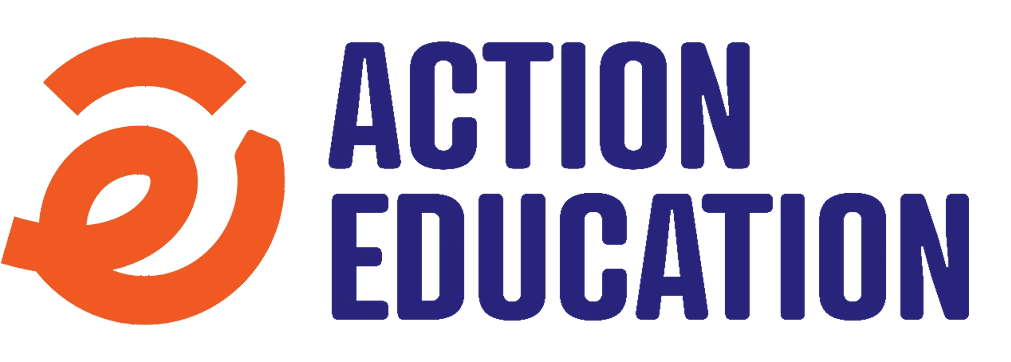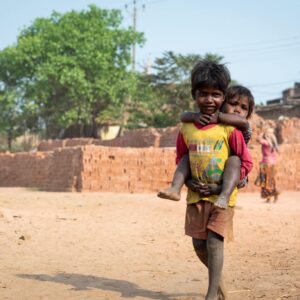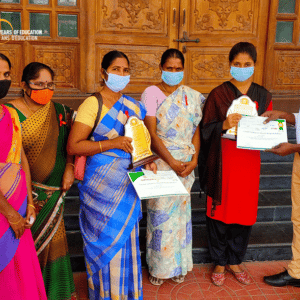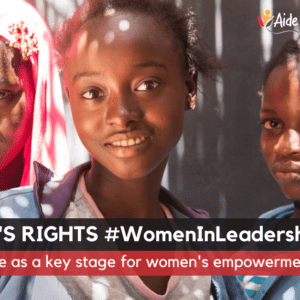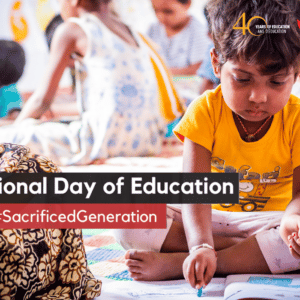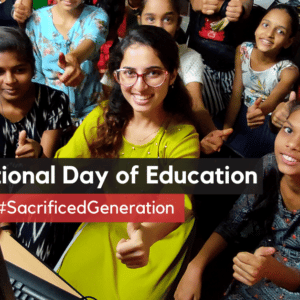There are 152 million child laborers in the world today. If their number has only decreased in recent years, the COVID-19 pandemic risks causing an unprecedented increase in the phenomenon. To prevent this, we must act together and decisively!
The pandemic has created unparallel and extreme effects on the mental, physical and nutritional aspects of children. The world has witnessed the longest duration of school closure affecting both learning and accessing school meals for children whose nutritional security has been obstructed. According to UNICEF, globally more than 1.5 billion children saw their schooling suspended because of the restrictions. This classroom shut has impelled the children to work, support, and help to fight the poor economic condition of the family.
1 in 10 children is working globally
The term child labour describes the work that robs the children of their childhood, their potential, dignity, and harmful to their growth and development. According to the International Labour Organisation, 152 million children, or 1 in 10 children globally, are working. Amongst child labour, globally 64 million are girls, 88 million are boys. More shockingly, almost half of them are engaged in hazardous work and 6.3 million are pushed into forced work and human slavery.
Children are driven into work for various reasons, most often, it occurs when the families fall into abject poverty, experience income insecurity, emergencies, and uprooted from their habitation due to unemployment, human trafficking, conflict, and extreme weather events.
A global phenomenon
The prevalence of child labour is not only predominantly found in the agriculture sector and often allowed children to work and contribute as family labour, but today exist in diversified sectors starting from export-oriented agriculture to mining, manufacturing, industries, tourism, or construction.
Child labour is a global phenomenon which exists in different forms and intensities in almost every part of the globe. However, half of the global child labourers 72.1 million are in Africa whereas 62.1 million are in Asia and the Pacific[1]. The good news is that over the last two decades the overall number of children working as child labour has been reduced to 100 million but the bad news is that, the COVID-19 pandemic which has spread the length and breadth of the globe has resulted in a heavy toll on human lives and endangered the economic activities of poor and disadvantage people. According to the Food and Agriculture Organization (FAO), acute hunger is set to soar in over 20 countries in the coming months.
Support disadvantaged families
Aide et Action’s study in India on the impact of COVID-19 on migrant children suggest a twofold increase in the number of children who accompanied their working parents to the brick-making industry after the first wave COVID pandemic. The traditional brick kiln industries often utilizes child labour for some of its work. To counter this, we are working, for a long, with children living in brick kiln to provide education, care and complete elimination of child labourers. During the pandemic, Aide et Action has assisted thousands of migrant workers and their families to travel safely to their native villages and reintegrated them up with a government health support and social protection schemes.
A real risk of aggravation
The United Nations has declared 2021 as the international year for the elimination of child labour. The Sustainable Development Goals (SDG) 7 & 8 challenge the world to eradicate forced labour, modern slavery, and by 2025 the child labour in all its forms. The current condition threatens to trigger a wave of child labour. So, it will be a herculean task for the policy makers and planner to devise effective strategy to contain the child labour. The elimination of this phenomenon needs holistic and multiple approaches. The one size fits all approach will fail to address the issues of poor and excluded communities. Every government and non-government action for the elimination of child labour should be effectively reinforced with national child rights policies, stricter law enforcement, quality social protection, and strengthening the school ecosystem.
[1]Global Estimates of Child Labour: Results and Trends 2012-2016 / International Labour Office. Geneva: ILO, 2017
